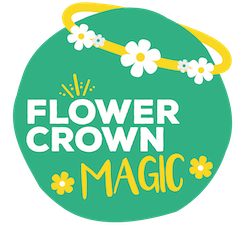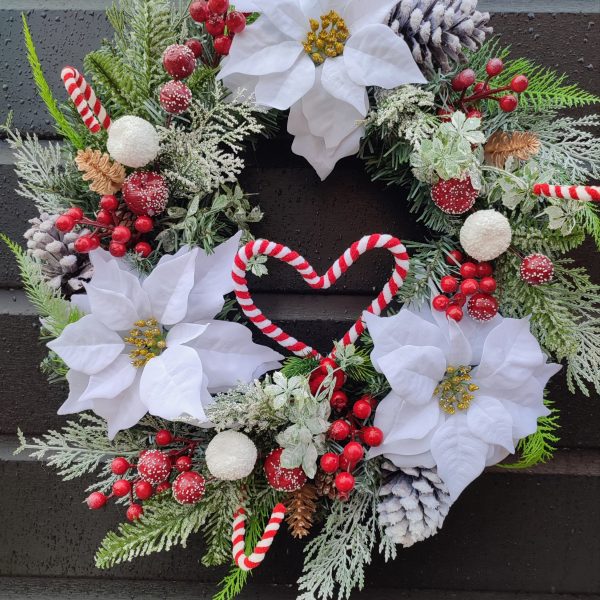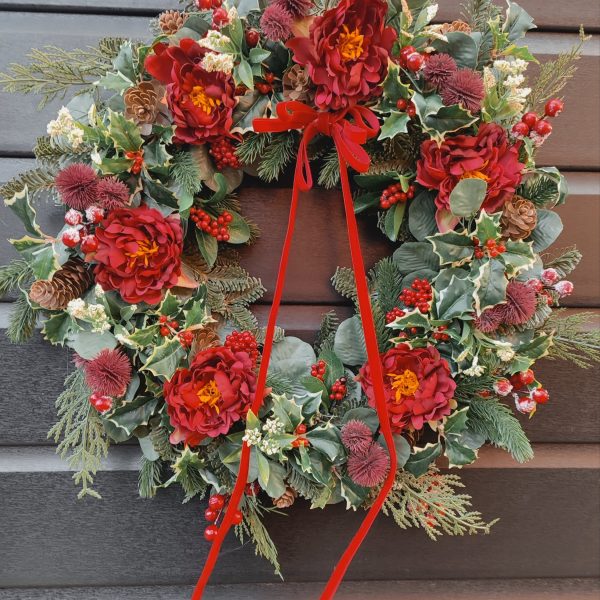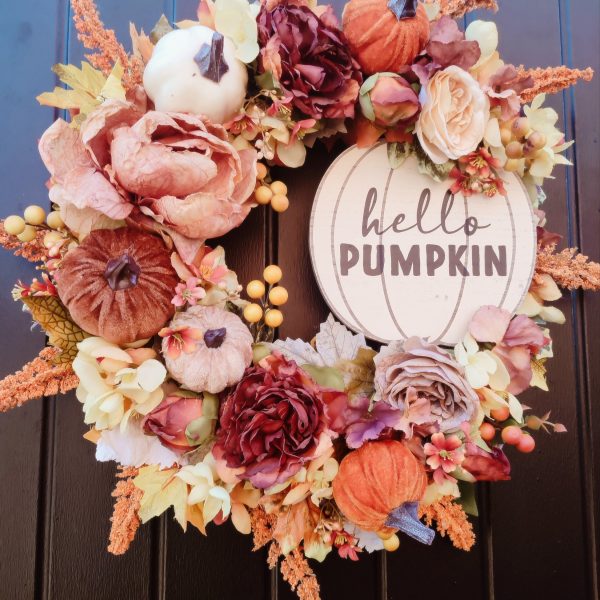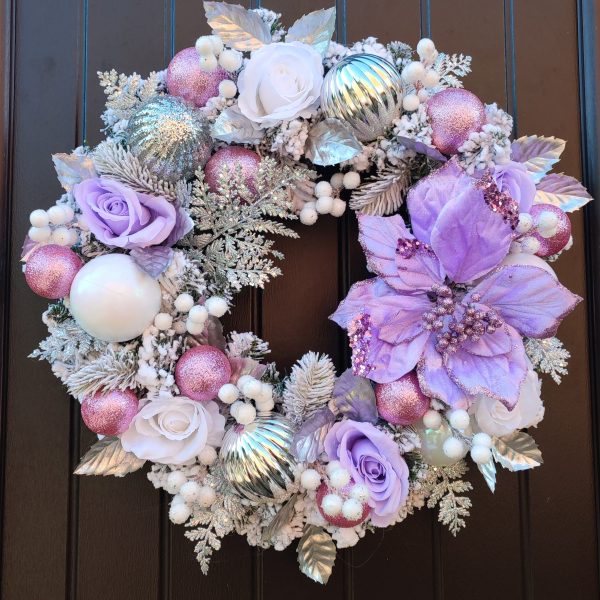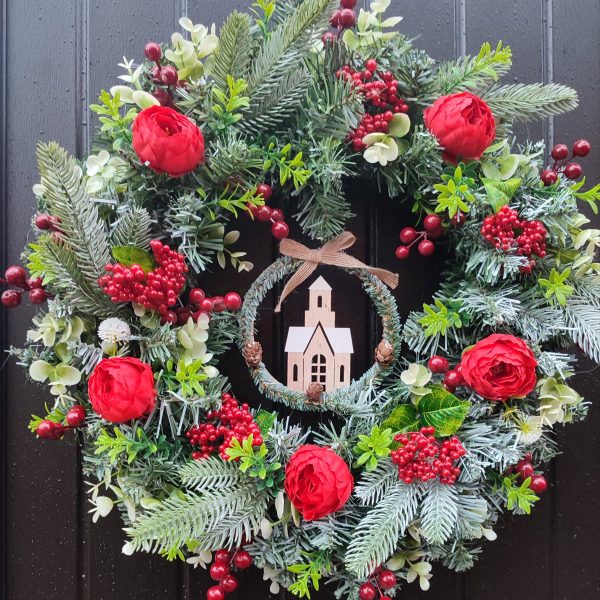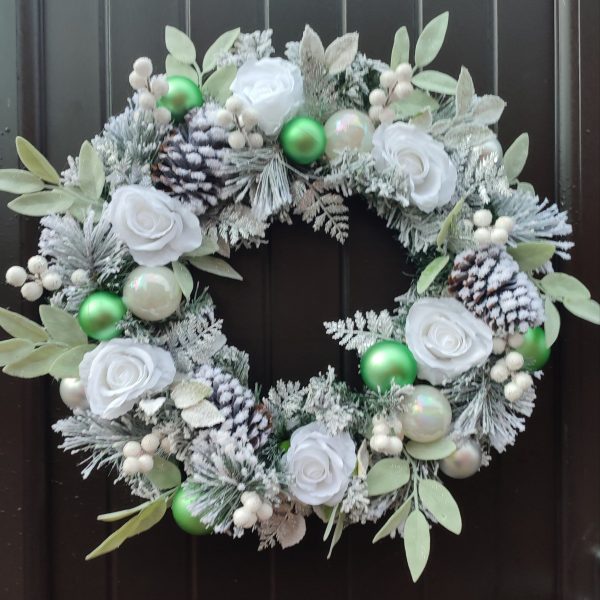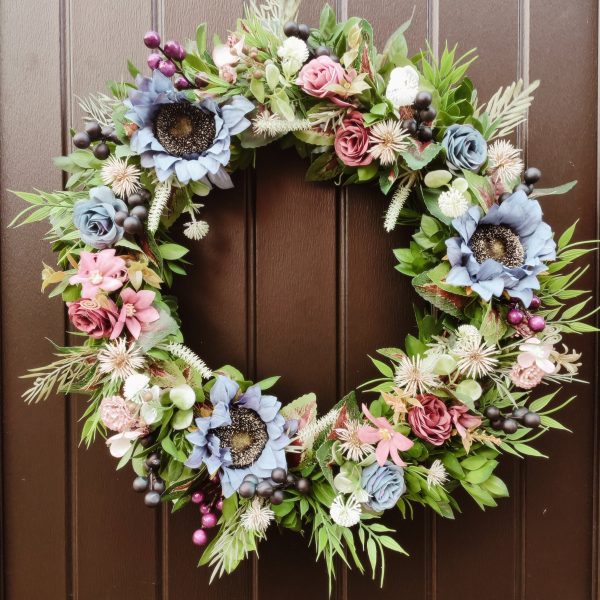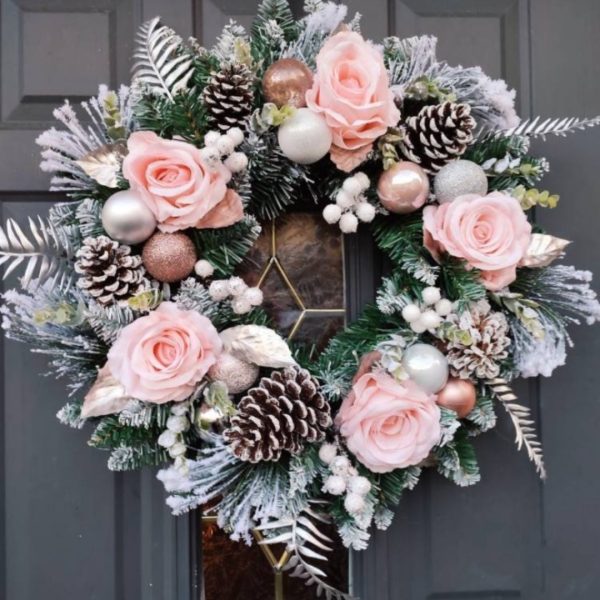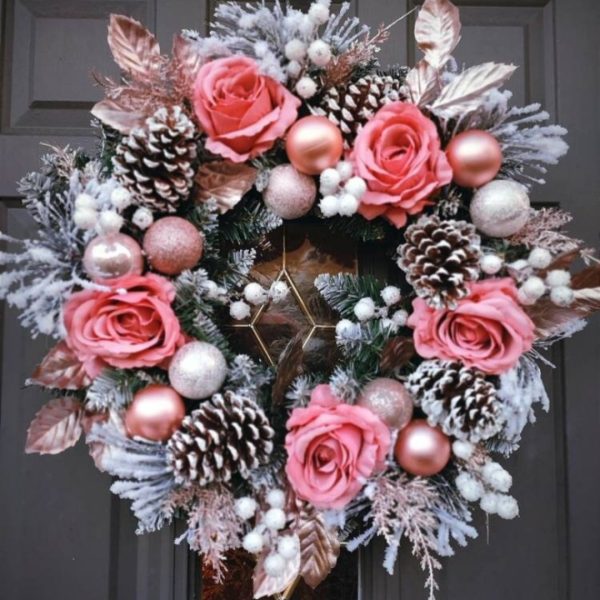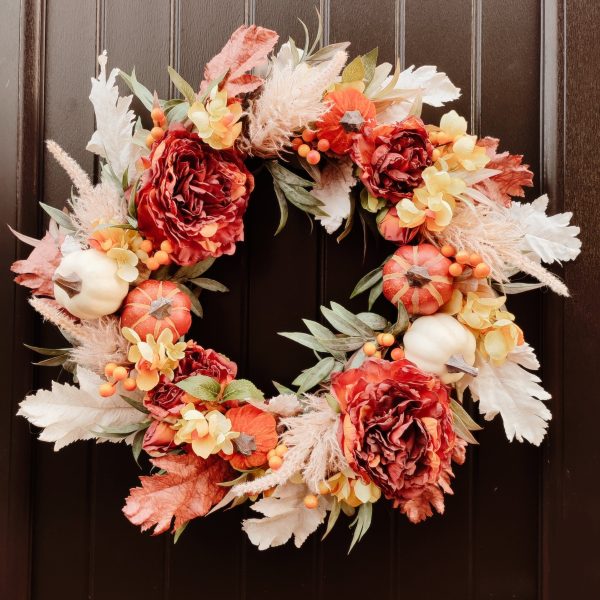Today, the flower crown is a popular accessory that boho brides and festival goers wear. But it’s not a new fashion item. The tradition of wearing flowers in your hair dates back to ancient times.
Flowers Crowns in Ancient Greece and Rome
The wreath’s circular shape, or horseshoe, has been associated with power and glory since antiquity. Many crowns made from wool and leaves such as myrtle or ivy, were used in ancient Greece and Rome. They were decorated with various flowers that held different associations throughout time.
Art and literature often featured ancient gods and goddesses wearing plants that were dedicated to them.
White poplar leaves are associated with Hercules who, according to legend, brought the tree from northwest Greece to Olympia.
Floralia was a festival held in Rome to honour Flora, the goddess of spring and flowers. A head accessory made of flowers and interwoven vines was a necessity.
Flower Crowns as Rewards
Flower crowns were popular in Ancient Greece as an accessory to honor the gods. Later, laurel-leaf crowns were more common and used to recognise soldiers for their accomplishments.
The first Olympic Games in Greece were held in Greece. At that time, the winners of athletic competitions received olive wreaths.
The idea of the crown being a reward for victory was maintained by the ancient Romans. Military personnel and leaders wore crowns made from oak, laurel or myrtle. The highest military honour was the grass crown.
Flower Crowns in Eastern Europe

Ukrainian folk dress and traditional folk costumes include flower crowns. Young, unmarried girls gathered fresh flowers and made traditional crowns known as Vinoks to signify that they were single but available for marriage. It was believed that the wreath would help them find their loved one. They were also protected from evil spirits and other bad influences. These traditional accessories are often worn on special occasions or festivals.
On Ivan Kupala (a celebration at the end of June), Ukrainian girls make flower headresses and let them into the river, put candles on them and watched what would happen next. If it immediately goes to bottom, this means that the beloved no longer loves the girl, if it gets to the shore, the wedding will not be celebrated this year. And if the wreath floats further and the candle burns, this indicates that the girl will surely find her love. Also on that day people wore girths of flowers and wreaths of herbs. They reeled, sang songs, stoked bonfires with poles topped by burning wheel, the symbol of the sun.
It is not uncommon to see women in Kiev wearing a flower crown embellished with fake flowers during the summer.
Russian girls used flower wreaths to tell their fortunes. To visualise their relationships, they would take the wreaths and float them down the river.
